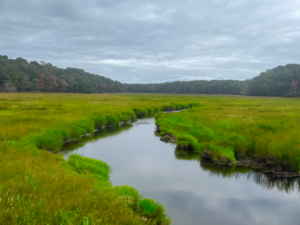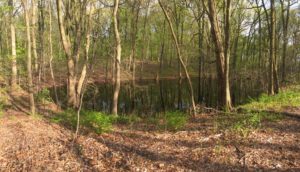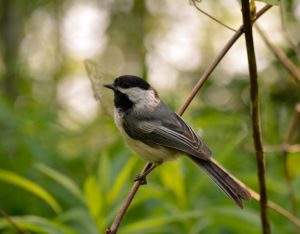Terrapin Watch
About Terrapin Watch
Terrapin Watch is a community science project that engages Long Islanders in an effort to monitor and record the distribution of diamondback terrapins in our region. Participants are simply asked to report any diamondback terrapin sightings through our data collection system. Reports can be submitted through the data form below or on a mobile device through the free Survey 1-2-3 app.
Please contact Arielle Santos at [email protected] or 631-581-6908 with any questions regarding the survey.
Accessing the Survey 1-2-3 Mobile Field App

- First, you must download the free Survey 123 mobile app on your mobile device
- Scan the QR code on the left using your phone’s camera. If you are currently on your mobile device, click here to download the Terrapin Watch survey and proceed with steps 4 & 5
- After scanning the QR code, click the top banner notification to open ArcGIS
- Choose “Open in the Survey 123 field app”, and “Open this page in Survey 123”
- Choose “Continue without signing in”
Terrapin Watch Survey Map
Please Note: Clickable data points (shown in red) do not reflect confirmed sightings of wildlife. Each red dot indicates a survey submission.
Related Information

Nissequogue River
The failed Stump Pond Dam in Blydenburgh County Park presents an opportunity to restore the ecological health of the Nissequogue River.

Vernal Pools
The Long Island Vernal Pool Project is an island-wide effort to identify, map and safeguard these rare habitats and the unique assemblage of wildlife they support.

Protecting Birds Copy
In September 2019, in a widely reported article appearing in Science magazine, researchers documented a significant decline in the overall abundance of birds in North America. Studies showed a 29% reduction birds since 1970, totaling approximately 3 billion birds. Some bird groups – such as grassland birds – have declined even more precipitously, dropping by more than half.
